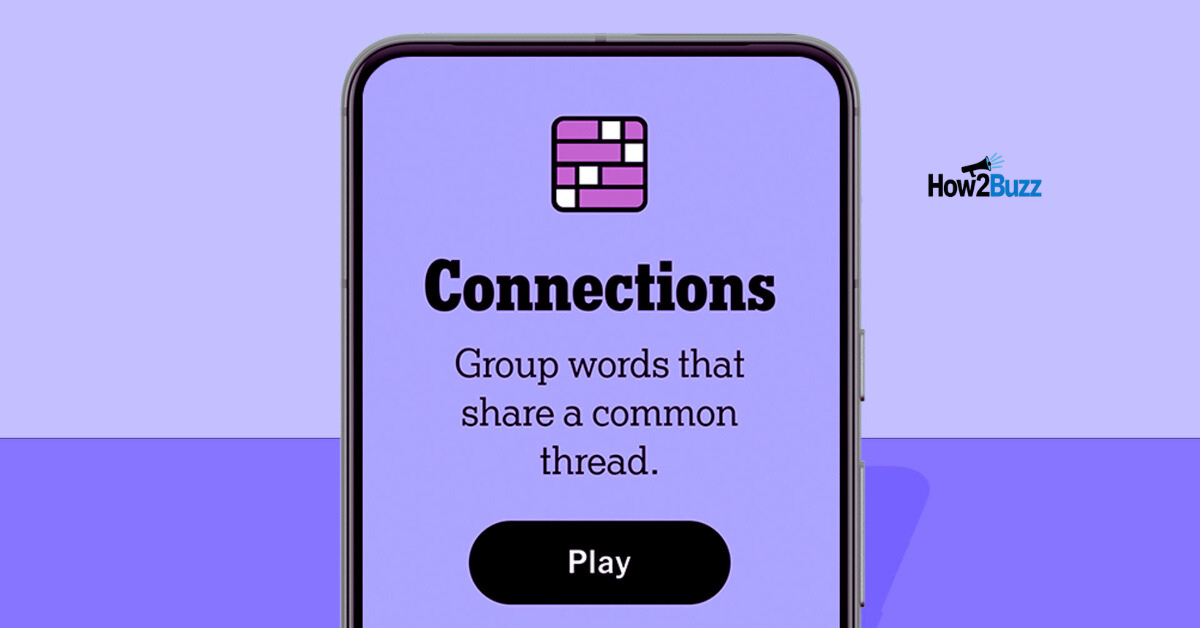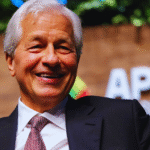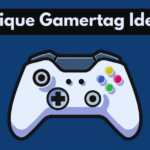Ever been stuck on a puzzle or riddle and thought, “I just need a small nudge—a hint”? That’s where a connections hint comes in. Whether you’re diving into a brain-bending game, navigating a tricky crossword, or even decoding a conversation, the concept of a subtle hint can be your best friend. It’s not a direct answer but a subtle signal that helps bridge the gap between confusion and clarity.
At its core, a pattern prompt is a gentle push in the right direction. It’s about noticing patterns, spotting relationships, and piecing things together—not just intellectually, but instinctively. And as our world becomes more gamified and communication more nuanced, knowing how to spot or use a subtle hint can become a surprisingly powerful tool.
Connections Hint in Word Games and Puzzles
If you’ve played games like The New York Times’ Connections, you know the thrill (and occasional frustration) of trying to find the link between seemingly unrelated words. A connections hint in these settings is often the difference between a wild guess and a winning streak. It helps guide your brain toward a logical grouping without giving everything away.
These hints can be subtle—maybe it’s a shared theme like sports teams or famous brands. Other times, it’s more abstract, such as all the words being metaphors for speed or silence. Recognizing these signals requires attention to context and a bit of creative thinking. It’s about making mental links and trusting your gut just as much as your logic.
What’s fascinating is that developers intentionally design these games to be both challenging and fair. The subtle hint you need is often built into the game’s structure. By learning how to look for them—similar suffixes, cultural references, word pairings—you’re actually training your brain to think more strategically and creatively.
Connections Hint in Social Conversations
Beyond puzzles, a connections hint shows up all the time in everyday interactions. Think about a conversation where someone subtly suggests something without coming right out and saying it. That’s a verbal guided clue at work. It could be a tone shift, a pause, or a carefully chosen phrase designed to trigger a memory or idea in your mind.
Mastering this can make you a much better communicator. Instead of dominating a conversation, you’re guiding it—giving someone just enough to keep things flowing. In professional settings, a good hint can save a meeting, steer negotiations, or help someone remember a key detail without embarrassment.
It’s also a key part of emotional intelligence. Picking up on these subtle cues—especially when others don’t spell things out—can build stronger relationships. Whether it’s sensing a friend needs support or reading between the lines in a heated debate, recognizing and responding to a associative clue can make all the difference.
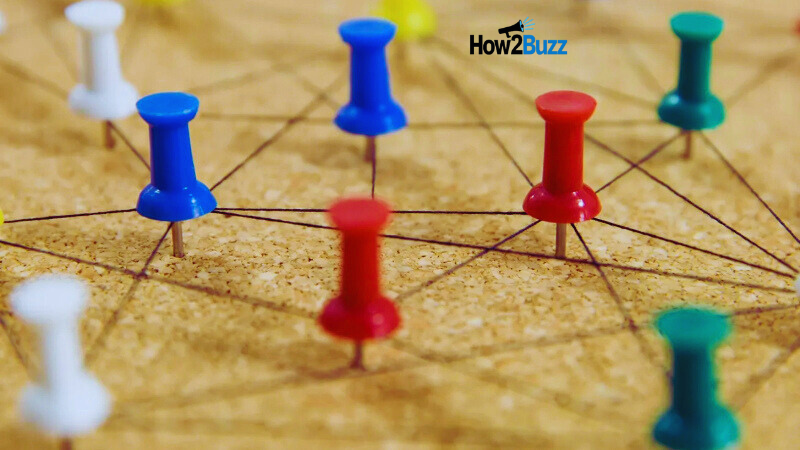
Connections Hint in Education and Learning
Educators have long known the power of the connections hint in helping students grasp difficult concepts. Instead of giving away answers, a great teacher provides just enough context to encourage independent thinking. This method fosters deeper understanding and long-term retention.
Think about it like scaffolding. When students receive a well-timed hint that connects new material to something they already understand, it lights up their brain’s ability to reason. That’s why pattern prompt are built into lesson plans, especially in problem-solving disciplines like math, science, and language.
This technique also teaches resilience. Students learn that struggling isn’t a sign of failure—it’s part of the process. When a teacher or educational game uses a subtle hint, it validates effort while encouraging continued exploration. It’s a small, intentional nudge that leads to big “aha!” moments.
Why the Human Brain Loves a Good Hint
The human brain is wired to find patterns and seek meaning, and that’s why a well-timed connections hint is so effective. When we’re given a clue, our brains kick into high gear, trying to make sense of the pieces. It’s like solving a mystery—thrilling, rewarding, and deeply satisfying.
That sense of accomplishment when the pieces click together? It’s not just psychological—it’s chemical. Dopamine, the brain’s “feel good” neurotransmitter, spikes when we solve a problem. And when a associative clue helps us get there, it becomes a part of that reward loop.
Even better, our brain stores the process—not just the solution. That means when we use subtle hint
regularly, we get better at recognizing patterns, predicting outcomes, and solving problems in all areas of life. It’s cognitive training without the boredom.
Using a Connections Hint to Improve Problem Solving
Problem-solving, whether it’s in business, relationships, or personal challenges, can benefit immensely from a connections hint approach. Instead of looking for a single, direct answer, this mindset encourages exploring different angles, combining ideas, and linking clues.
One way to apply this is through analogies. Let’s say you’re stuck trying to create a marketing strategy. Rather than force a solution, step back and think: “What other situation is this like?” The analogy becomes your mental nudge. It opens up a new frame of thinking.
Another way is through collaboration. Talking things out with someone who can offer a gentle suggestion—not a full solution—can shift your perspective. In many ways, brainstorming is just a series of exchanged hints until the pieces align.
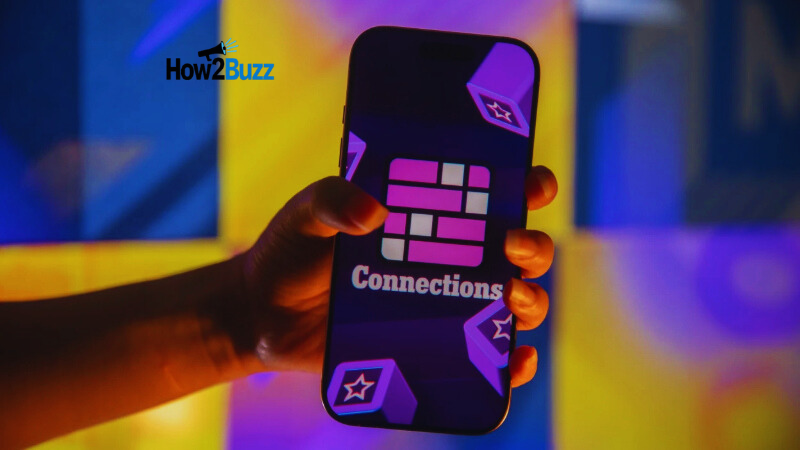
When Too Many Hints Become Noise
While connections hints can be incredibly helpful, there’s a tipping point. In puzzles, giving too many hints can ruin the challenge. In conversations, it can lead to confusion or passive-aggression. The art lies in balance.
A good hint should be just enough to spark thinking without solving the whole problem. If the hint gives away too much, the satisfaction of discovery is lost. On the other hand, if it’s too vague, it might be missed entirely.
That’s why timing, tone, and context matter. Whether you’re crafting hints for a game, coaching someone, or navigating social dynamics, learning how to deliver or detect the right amount of help is a subtle but powerful skill.
How Tech and AI Use Connections Hints
Modern technology, especially AI, is getting better at understanding and using connections hints. Think about how search engines offer suggestions when you type just a few words, or how predictive text guesses your next phrase. These are forms of automated hints built on patterns in language and behavior.
AI models are trained to recognize associations—between words, concepts, and even emotions. They use that data to offer hints or suggestions that help users complete tasks faster. This is especially useful in education apps, language learning tools, and customer service bots.
But this also raises ethical questions. How much should a system help before it becomes manipulative or overly dependent? The best use of AI in this context is as a partner—offering mental nudge without overriding human autonomy or curiosity.
Connections Hints in Creative Work
If you’ve ever written a story, designed a logo, or composed music, you’ve likely relied on a form of a connections hint without even realizing it. Creativity often hinges on linking seemingly unrelated ideas. A suggestion, image, or memory can trigger a cascade of inspiration.
Writers use prompts, artists use mood boards, and musicians jam until something clicks. These aren’t full-fledged directions—they’re seeds. They work as hints that guide creative energy toward something cohesive and meaningful.
Creative professionals often keep a mental (or literal) archive of these hints. They’re not answers; they’re sparks. Honing the ability to recognize or create powerful pattern prompt can take any creative process to the next level.
The Psychology Behind Hints and Insight
Why does a connections hint feel so satisfying when it works? Psychologically, it taps into the concept of “insight learning”—a sudden realization or epiphany that makes sense of a problem. This type of learning is more memorable because it’s tied to emotion.
When you’re stuck, your brain is simmering just below the surface. A good hint acts like a key, unlocking a flood of understanding. It’s not just about logic—it’s about that moment of illumination. And once it happens, you’re far more likely to remember it.
This principle is used in everything from educational games to therapy. Helping someone find their own insight, rather than giving it to them directly, can lead to stronger personal growth and problem-solving skills.
Conclusion: The Quiet Power of the Connections Hint
Whether you’re solving a puzzle, navigating a conversation, or facing a challenge, the connections hint offers a quiet kind of power. It doesn’t shout the answer—it whispers direction. It sharpens your thinking, boosts your intuition, and helps you see things more clearly.
This isn’t about shortcuts or cheating. It’s about refining your ability to recognize patterns and build bridges between ideas. In a world full of noise and overwhelm, learning to listen for the right hints—and use them wisely—can be one of the smartest skills you develop.
FAQs About Connections Hint
What exactly is a connections hint?
A connections hint is a subtle clue or nudge that helps you find the link between different pieces of information—whether in puzzles, conversations, or learning scenarios. It’s not the answer, but it points you toward it.
How do I get better at spotting connections hints?
Practice! Play puzzle games like Connections, engage in thoughtful conversations, and try to look for patterns in your daily life. The more you do this, the better your brain becomes at detecting meaningful clues.
Are connections hints only used in games?
Not at all. They’re everywhere—from education and tech tools to emotional communication and creativity. Anytime you’re nudging someone toward understanding without spelling it out, you’re using a connections hint.
Can using too many hints ruin a puzzle?
Yes. Too many hints can make puzzles or challenges feel unrewarding. The key is balance—enough to encourage progress, but not so much that it removes the satisfaction of discovery.
Is a connections hint the same as a clue?
They’re similar, but a clue is often more direct. A connections hint is more subtle and designed to help you think critically rather than hand over the answer.

